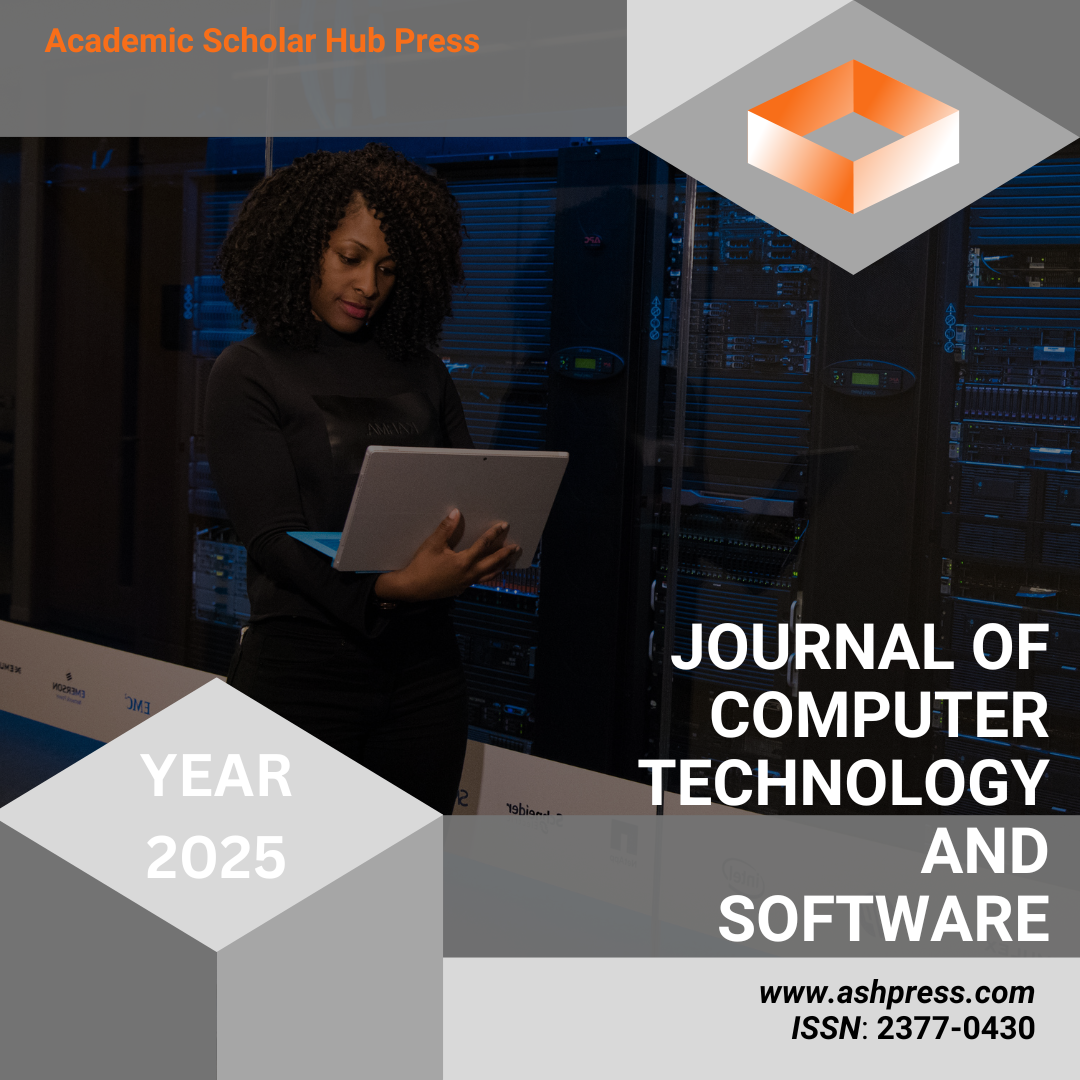Self-Attention-Based Modeling of Multi-Source Metrics for Performance Trend Prediction in Cloud Systems
Published 2025-04-30
How to Cite

This work is licensed under a Creative Commons Attribution 4.0 International License.
Abstract
This paper addresses the modeling challenges posed by multi-source heterogeneous metrics in cloud system performance trend prediction and proposes a self-attention-based prediction method. The proposed approach consists of two main components: a Heterogeneous Feature Fusion Module and a Temporal Context-aware Attention Mechanism. The former aligns and weights resource-level, application-level, and environment-level features through unified projection and gating mechanisms. The latter models long-term dependencies among critical time steps in the sequence using a self-attention structure, enabling precise capture of system state evolution trends. The model is trained in an end-to-end manner, demonstrating strong scalability and generalization capability. The experimental evaluation is conducted on the real-world Alibaba Cluster Trace 2018 dataset and includes comparisons with both classical and state-of-the-art methods. The results show that the proposed approach achieves the best performance across all evaluation metrics, including MSE, MAE, RMSE, and R². In further sensitivity analysis, the model exhibits robust stability under varying hyperparameter settings, such as input window length, optimizer type, and learning rate. Additionally, the multi-source feature contribution analysis confirms the distinct impacts of different feature categories on prediction performance and highlights the necessity of multi-source information fusion. Overall, the experimental results demonstrate that the proposed method offers significant advantages in terms of accuracy, stability, and practical utility, making it well-suited for performance prediction tasks in complex cloud environments.
